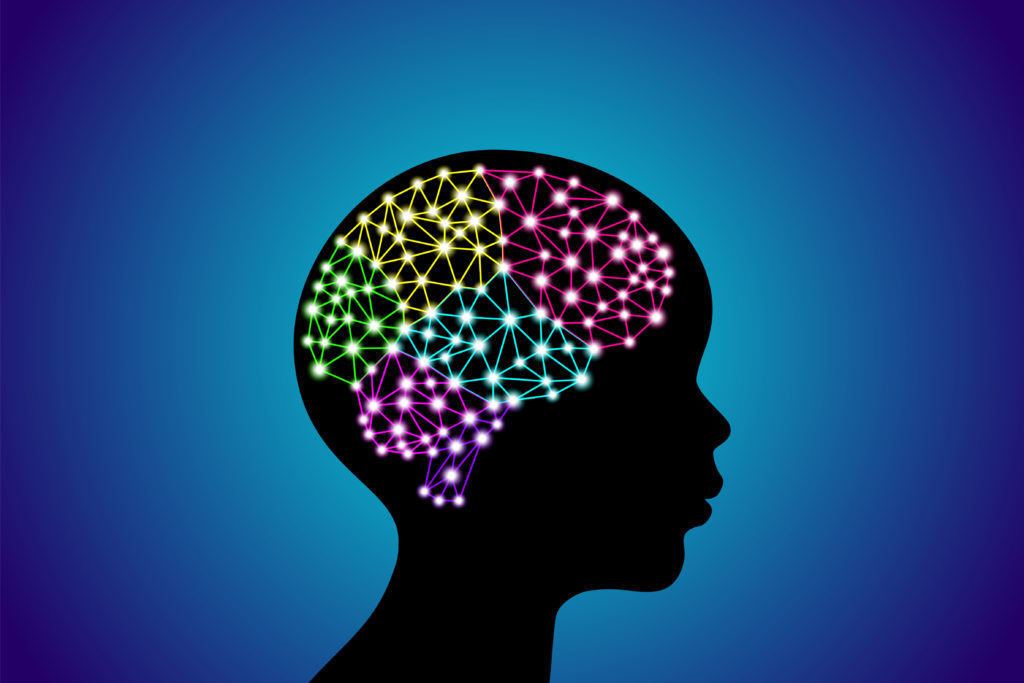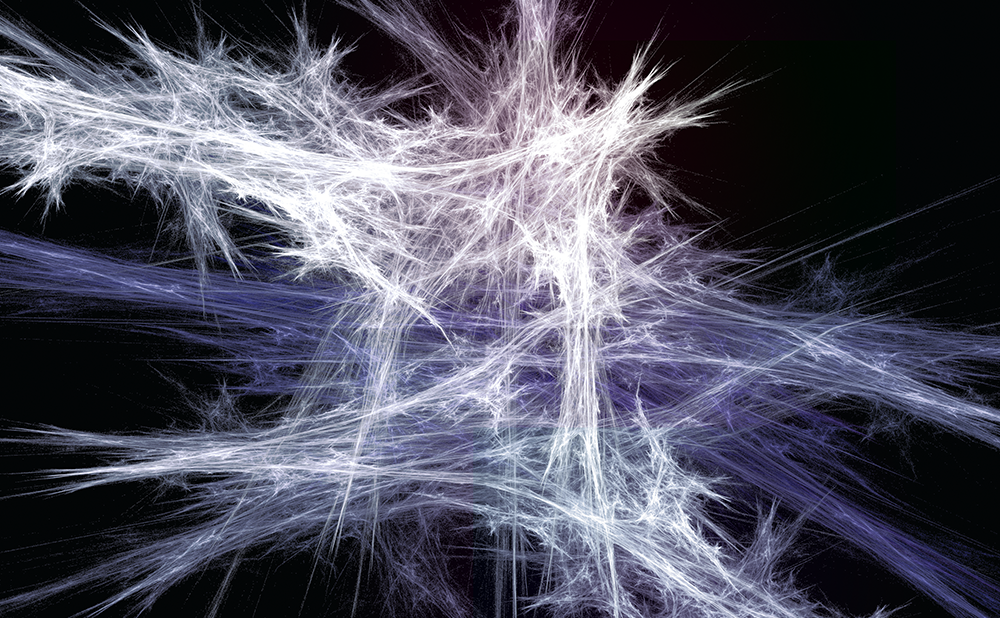These initial efforts were followed by a larger study involving 50 adults affected with 22q11DS.1 The complete psychiatric evaluations performed with this sample revealed that 15 participants (30%) met the diagnostic criteria for a psychotic disorder, with 12 (24%) meeting the schizophrenia criteria. Employing a different investigational strategy, Karayiorgou et al. randomly assessed for 22q11DS in 100 individuals with schizophrenia, and found that two individuals never before screened for the deletion actually tested positive for 22q11DS.4 In another study, medical records were initially screened for patients with the cardinal features of 22q11DS (cardiac anomalies and cleft palate), and then cross-referenced with records from the psychiatric hospitals.5 When screening for 22q11DS in these potential cases, the authors found that 14% of the patient sample with schizophrenia was also affected with 22q11DS. Finally, in a large group of children with childhood-onset schizophrenia (COS), four participants out of 75 (5.3%) were found to also have 22q11DS.6 The observations collected to date establish solid evidence to the effect that schizophrenia affects individuals with 22q11DS. They further suggest that, with the exception of having a monozygotic twin with schizophrenia or wo parents with schizophrenia, 22q11DS represents the strongest genetic risk factor associated with psychotic disorders.7
As is often thecase in psychiatry, we confer ‘psychiatric risk’ status to children and adolescents exhibiting the cardinal features of adult psychiatric disorders. Today, fields of investigation such as those concerning paediatric bipolar disorder or high-risk adolescents in the schizophrenia prodrome are gaining significant momentum based on the assessment of subclinical symptom expressions using adult diagnostic criteria. Interestingly, the field of 22q11DS research has developed in a similar fashion. By identifying the clinical importance of schizophrenia in this deletion syndrome, we naturally assume that children and adolescents with the deletion run a very high risk of developing schizophrenia.
To view full article click here












